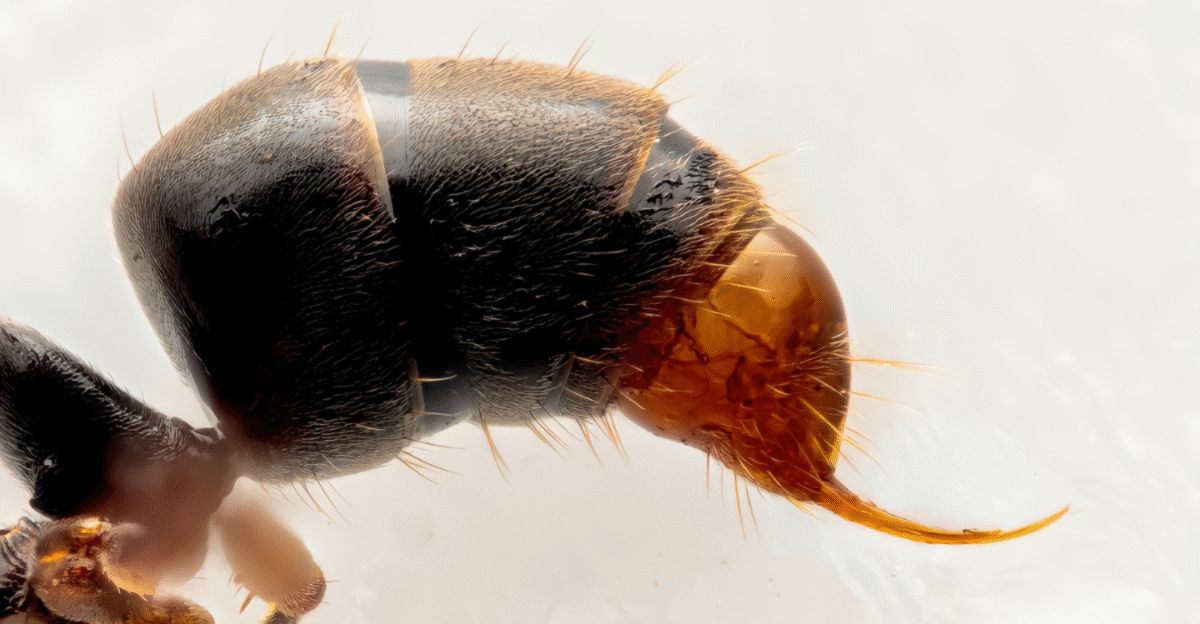
The Asian longhorned tick is covertly taking over states in the United States at an unprecedented rate, going unnoticed by many who don’t know what to look out for. Since it was first found just eight years ago in New Jersey, the harmful parasite has spread to more than 20 states.
It gains the upper hand through eradication efforts due to its ability to repopulate quickly without needing to find a mate and has put conservation groups on high alert.
Climate Change And Its Role In The Invasion

The Asian longhorned tick’s conquest of America is only being fueled by climate change. As temperatures warm and more rainfall is present, conditions become ideal for this invader.
Many regions were once too cold or dry for the tick to spread, but climate change is opening new doors further north at higher altitudes.
Agricultural Repercussions
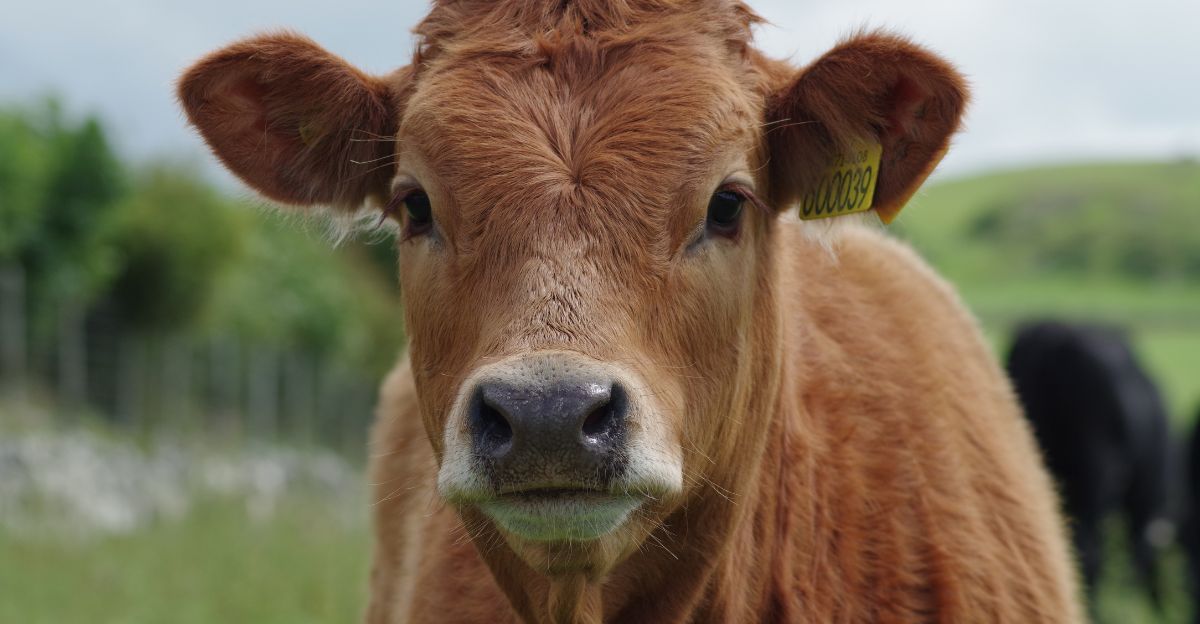
The Asian longhorned tick is a damaging invasive species for a few reasons. First and foremost is its harmful impact on U.S. agriculture and cattle. The parasitic mites can infest crops and surrounding vegetation without being detected until it is too late when they start showing up on cattle, sheep, and other livestock.
Infestations cause weakness, blood loss, and even disease in affected livestock and can kill them. Farmers have to deal with expensive pest control and veterinary bills while facing a loss in production.
Harming Ecosystems

Asian longhorned ticks harm not only agriculture but also native wildlife and ecosystems. They are versatile parasites that aren’t picky about what kind of animal they cling to and feed off of. They have been found in anything from birds to mammals, which helps them spread even further in the environment.
Their infestations on mammals and birds have the same effect on cattle, weakening animals, spreading diseases, and resulting in deaths, disrupting already fragile ecosystems.
Parthenogenesis
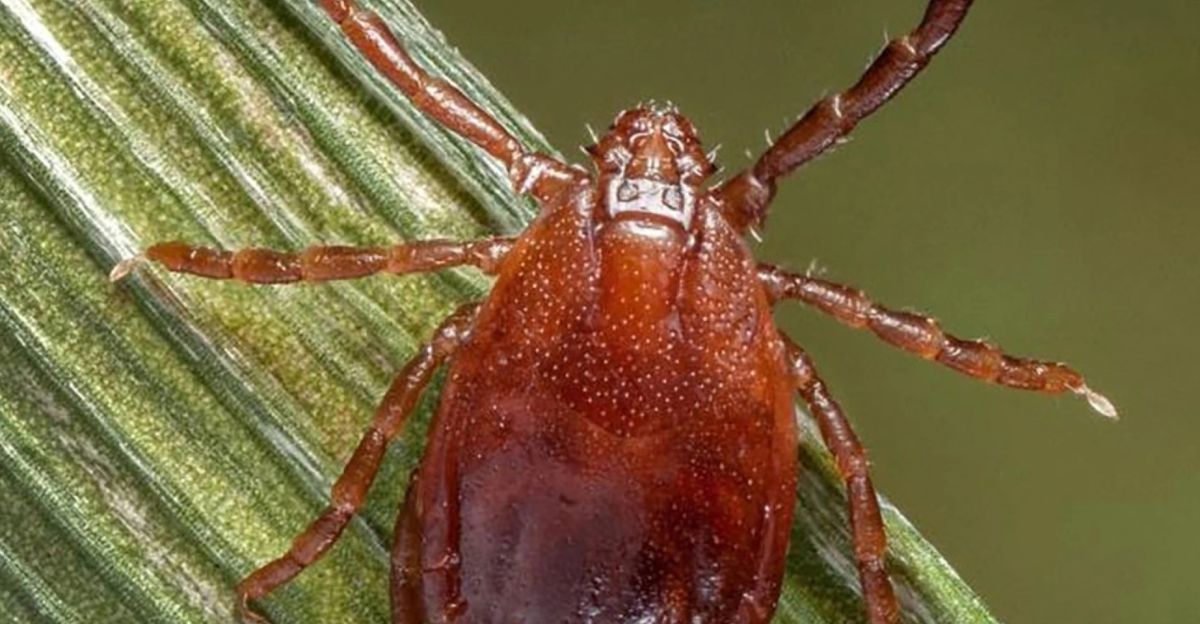
The biggest reason why Asian longhorned ticks are such a thorn in conservation and pest control efforts is due to their unique biology, allowing them to undergo a process called parthenogenesis.
Just one female who survives eradication efforts can lay thousands of eggs without needing a mate. This starts the vicious cycle all over again, as the population is usually only found after the ticks are already widespread again.
The Effects On Domestic Animals

It’s not just livestock and wildlife that are being affected by the parasitic invader. Even suburban and urban areas are seeing an increase in their population, which is being found in domestic pets like dogs and cats.
This is starting a crisis where pet owners are facing expensive vet bills and the loss of their beloved pets. Humans aren’t safe either, and ticks can cling onto clothing when come into contact with and many people wouldn’t notice.
Potential Diseases

So far, studies of the Asian longhorned tick in the United States have not linked it with Lyme disease, but there are other dangerous pathogens that they do carry, such as bacteria that give the host ehrlichiosis. Symptoms include anything from headaches to fevers and muscle aches.
Ehrlichiosis and other illnesses spread rapidly as the ticks are bold parasites. Preventive action is recommended.
A Disease Amplifier

Asian longhorned ticks do not just transfer harmful bacteria directly to humans but can also act as a disease amplifier. The ticks feed on many different species in their environment, transmitting pathogens.
These pathogens can then be spread to humans if they come into contact with the affected animal and are bitten. This highlights just how rampant health risk factors can be through tick-borne illnesses.
Monitoring Efforts

The longhorned tick population is being monitored by state and federal agencies in order to track where they are spreading and at what rate. People are urged to report any unusual ticks that they find to the proper authorities.
These efforts are crucial in detecting their spread early on and responding accordingly.
Innovations In Tick Control

In order to combat these ticks, proactive measures are needed. Livestock needs to be inspected frequently to ensure that they aren’t infested, habitats need to be managed to prevent their spread, and acaricides that are approved by the government can be used to combat them.
As research into this species continues, new measures could be developed, such as biological controls to combat their resistance and improve the effectiveness of measures on their population.
Biological Control
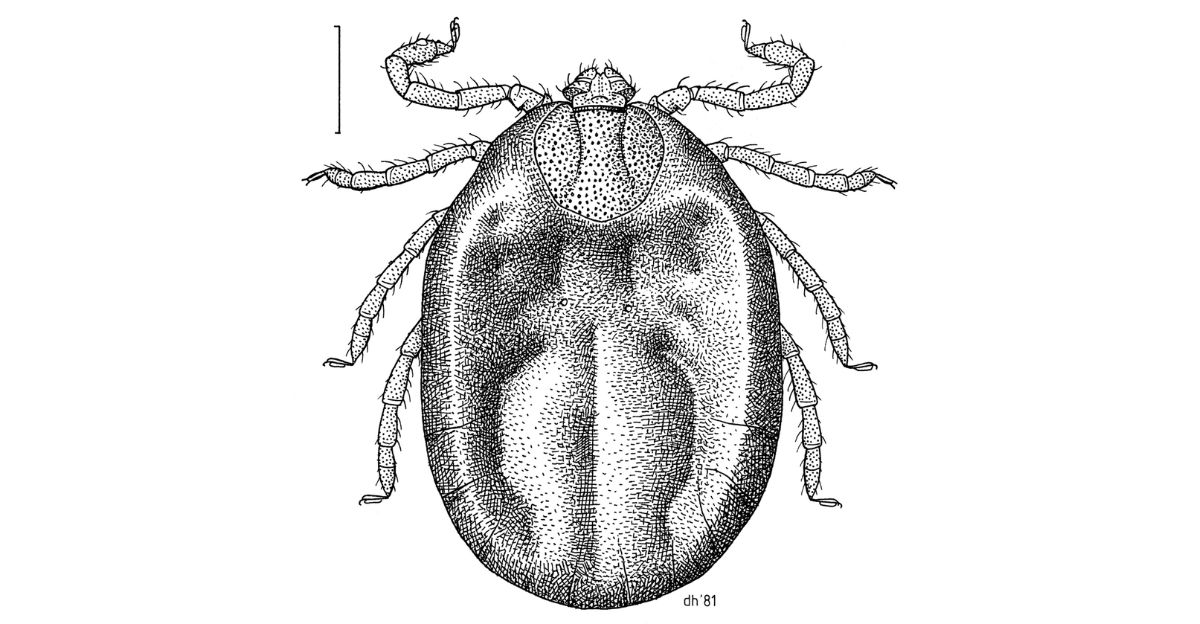
Biological control is being researched in both Vietnam and the U.S. to fight back against the same invasive species. Introducing natural predators or pathogens of the ticks could be an effective countermeasure, although this could have an unforeseen impact on other animals in ecosystems.
This is one alternative to aggressive chemical control that the tick population has become more resistant to over time.
Gaps In Awareness

While the risks of Asian longhorned ticks are only increasing, there is a general gap in knowledge when it comes to the parasite. Many people lack the knowledge to correctly identify the ticks and inform authorities.
Authorities have tried to spread awareness through targeted messaging to hunters or hikers, but pet owners wouldn’t receive this information.
Rapid Response Is Required
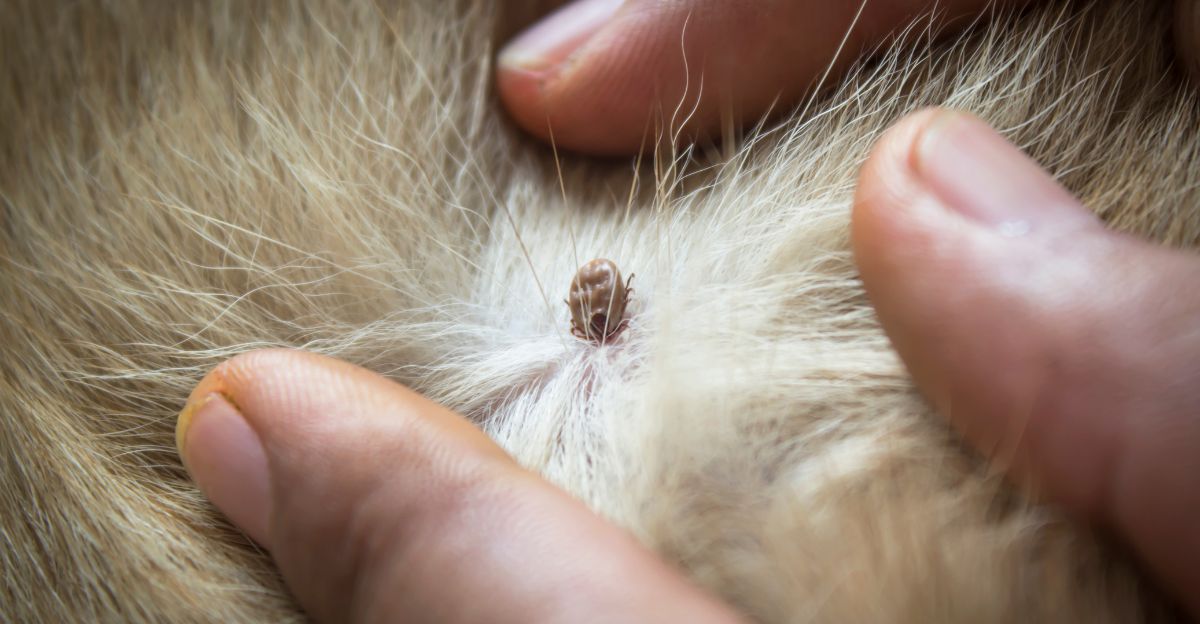
With how quickly the tick can spread throughout its environment, vigilance is needed. When proactive measures fail, rapid response is the next best thing. Monitoring efforts are crucial to finding infestations and stamping them out quickly.
The public needs to be armed with sufficient knowledge through educational campaigns in order to effectively react to a growing infestation of domestic pets.
How To Contain This Invasive Species

As the tick becomes an increasingly dangerous reality for agriculture, ecosystem balance, and both public and animal health, they could spread to more states if nothing is done.
Conservation organizations, as well as eradication efforts, need to be coordinated in order to effectively deal with this threat, or they could gain such a large foothold in the U.S. that they’ll become a permanent resident.
What You Can Do

While public resources are limited, citizens in the U.S. can report strange looking ticks to local authorities or to veterinarians. By accurately sighting and reporting these invaders, their population can be targetted in areas where its growing.
Asian longhorned ticks that haven’t fed yet are usually a light reddish-tan to dark reddish-brown. Females turn grey-green after feeding. Unfed, they are generally only 2 – 4 millimeters long, similar to the size of a poppy seed. When they are fed, they can double in size.
Uncover more fascinating moments from history — and hit Follow to keep the stories flowing to your feed!

Don’t miss more incredible stories from the past! Tap Follow at the top of this article to stay updated with the latest historical discoveries. Share your thoughts in the comments — we’d love to hear your perspective!





